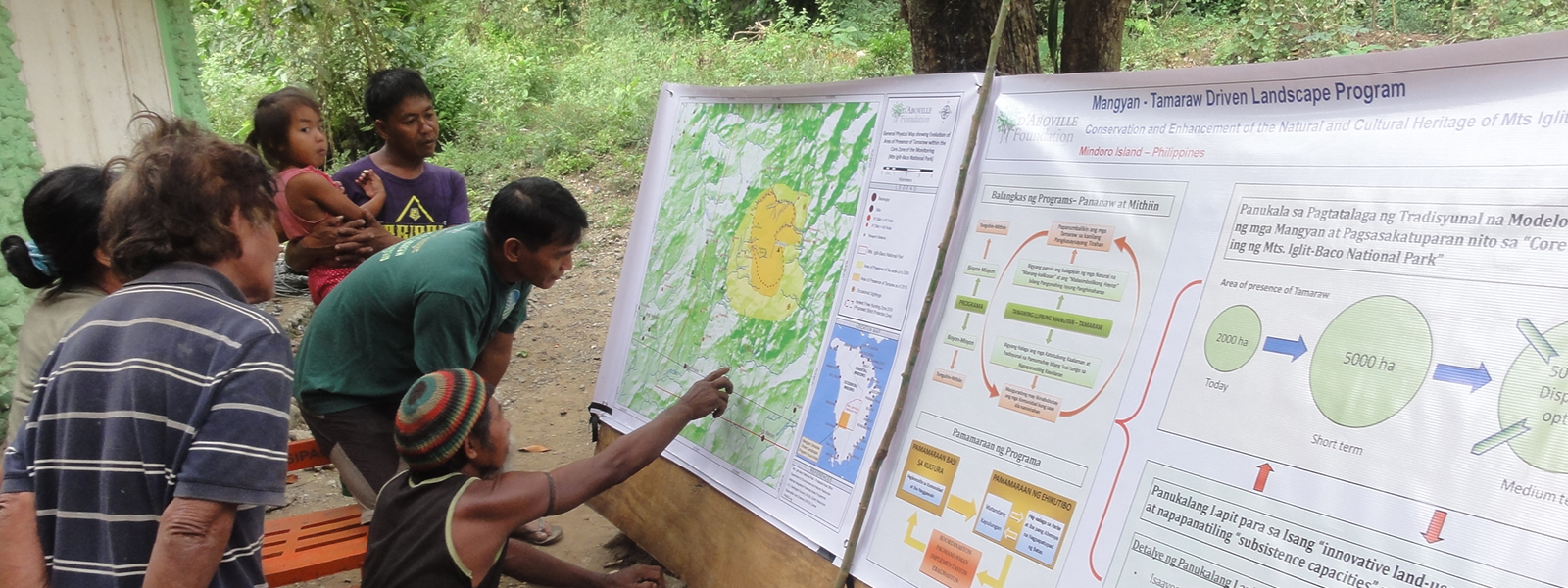Talking Tamaraw conservation with Emmanuel Schutz
We spoke with Emmanuel Schutz, Program Manager and Member of the Board of Trustees at D’ABOVILLE Foundation and Demo Farm Inc. He shared with us an exciting development in Tamaraw conservation, and what the next steps are for the species.
Tell us about the Tamaraw. What caused it to become Critically Endangered?
Like many other wildlife species around the world, especially Asian wild cattle, the Tamaraw has seen its status drastically impacted by the rapid development of the Asian continent in the past decades, both demographically and economically.
The Tamaraw, or Mindoro dwarf buffalo, is the only wild cattle species of the Philippines, and is endemic to the relatively small island of Mindoro (10,000 km²). This characteristic makes it a local emblematic species and a national conservation focus.
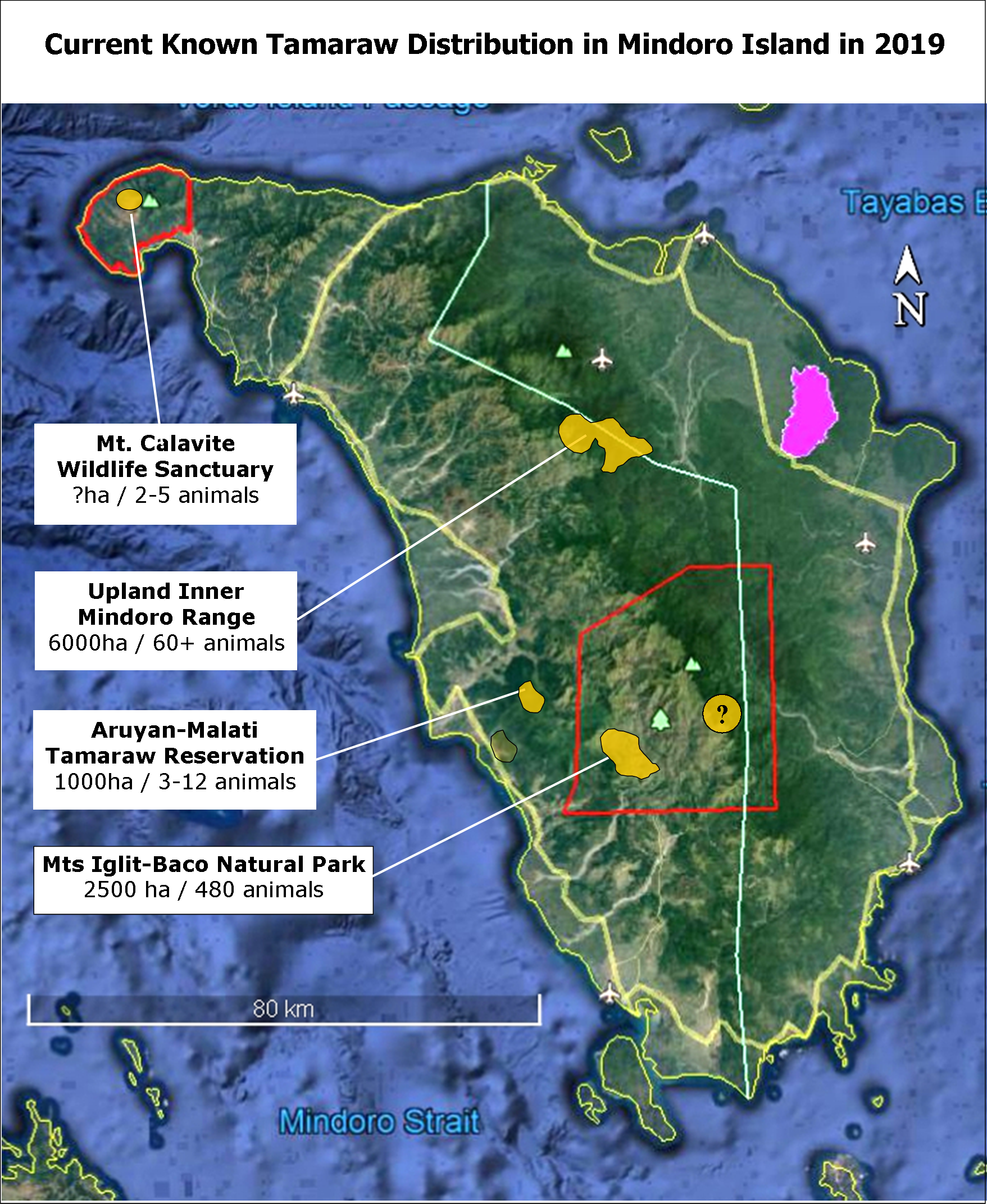
Awareness campaigns and protection measures have taken time to bear fruit and see a reverse in the decline of one of the populations. The species is still listed as a Critically Endangered on the IUCN Red List. Originally found all over Mindoro, the decline of the species can be depicted in two steps:
1. During the entire 20th century, there was a progressive but constant decline across the whole Island. This was due to a shift from natural habitats to agriculture land use by new Filipino settlers, a massive logging industry, and competition with cattle ranching followed by an outbreak of cattle rinderpest and trophy hunting activity.
These factors led the species to a critical situation at the turn of the century, urging the country to take more severe actions. This was translated through the proclamation of protected areas (Mounts Iglit-Baco National Park in 1970 and Mount Calavite Wildlife Sanctuary in 2000) and the creation of the Tamaraw Conservation Program (TCP) in 1978. TCP was a banner program of the Department of Environment and Natural Resources (DENR) focused on the protection of the species.
2. Currently, and despite successful protection measures in the past decades, the species is threatened by its overall low population (less than 600 animals), which are fragmented into several sub-populations (4 assessed sub-populations so far). This situation makes the Tamaraw prone to dramatic events which could wipe out the species, while very small populations are not viable in the medium-term. In addition, poaching from lowlanders and traditional hunting from residing indigenous communities remain a persistent threat that limits capacity of the species to increase its distribution and population.
What type of environment does the Tamaraw live in?
Tamaraw is the result of the massive speciation process of the ungulate ruminant group of mammals that occurred 20 million years ago when large parts of the globe were covered with grasslands. Therefore, and as with most cattle species, we can assume that Tamaraw favors a grazer behavior in habitats where it can find both open areas and forest shelter. But it has likely progressively adapted to the tropical forest habitats that ended up dominating Mindoro landscape until recently.
However, in the 21st century, the Tamaraw, like most other large animals, is restricted to areas where humans let them survive. These are probably sub-optimal biotopes, leading to a misunderstanding of the true ecology of the species. Nowadays, the Tamaraw can be found in one area of Mounts Iglit-Baco Natural Park (MIBNP) which is dominated by poorly diversified grassland. It also lives in an area of dry tropical forest habitat up to mountain forest biotopes above 1000m asl in other locations of Mindoro.

From what we observe in the core zone of the monitoring in MIBNP which shelters the largest population (400+ animals), Tamaraw can be seen feeding in the grasslands at dusk and dawn. Yet they use forest patches to find shade during the daytime, to seek additional sources of food and to fulfill other behavior traits.
An important discovery was made in 2018. Tell us about that.
This all started in 2017, with a little information coming from some local Mangyan communities. They suggested that Tamaraw were still present in substantial numbers in a remote area of the inner Mindoro Island. It is important to mention that seven verification surveys which we conducted with the Tamaraw rangers between 2012 and 2015 were unsuccessful in finding Tamaraw outside their known range. So this was an exciting surprise! Therefore, this information was taken seriously and was the incentive to survey an area that rangers had not visited for more than two decades.
There was a long coordination process with the concerned Mangyan tribe, local government units, DENR and a local military platoon (and an initial aborted mission due to weather conditions). We eventually conducted a 12 day survey in the upper inner Mindoro Island, at the border between both Provinces, in February 2018. The mission was successful in spotting animals. In addition, indirect signs of presence suggested that this remote area was sheltering possibly more than 60 animals. This was thereafter corroborated by two additional surveys.
This is the most significant outcome of Tamaraw conservation work in the past years, as this population is the second largest sub-population on Mindoro after MIBNP, with the largest occupancy (6000ha assessed so far). In addition, the habitat where these animals were detected (upper tropical forest, mountain forest and upland glades) is proof of the ecological plasticity of the species to adapt to different types of habitat. This is therefore a crucial discovery in regards to the long-term survival of the species and the conservation strategy to be undertaken.
Do the threats that caused the Tamaraw to become Critically Endangered persist today?
Thanks to successful protection measures and national laws, major threats that prevailed in the last century are now largely overcome. However, the Tamaraw remains threatened by many challenges. One of the main constraints that the species is facing today is the limited range it occupies (less than 10,000ha), and the inability for the isolated sub-populations to connect to each other or even expand their distribution range. This is due to land-use pressure by surrounding communities.
Two of the small sub-populations (Aruyan-Malati area and Mount Calavite Wildlife Sanctuary) are too small to expect to naturally persist in time, and might become extinct in the near future.
The 400+ animals of MIBNP are restricted to an area smaller than 2500ha. Initial population dynamic analyses from annual count results suggest signs of density dependence highlighting that we may have reached carrying capacity. Decrease in population growth rate would jeopardize the three decades of successful protection which has allowed this population to increase in size.
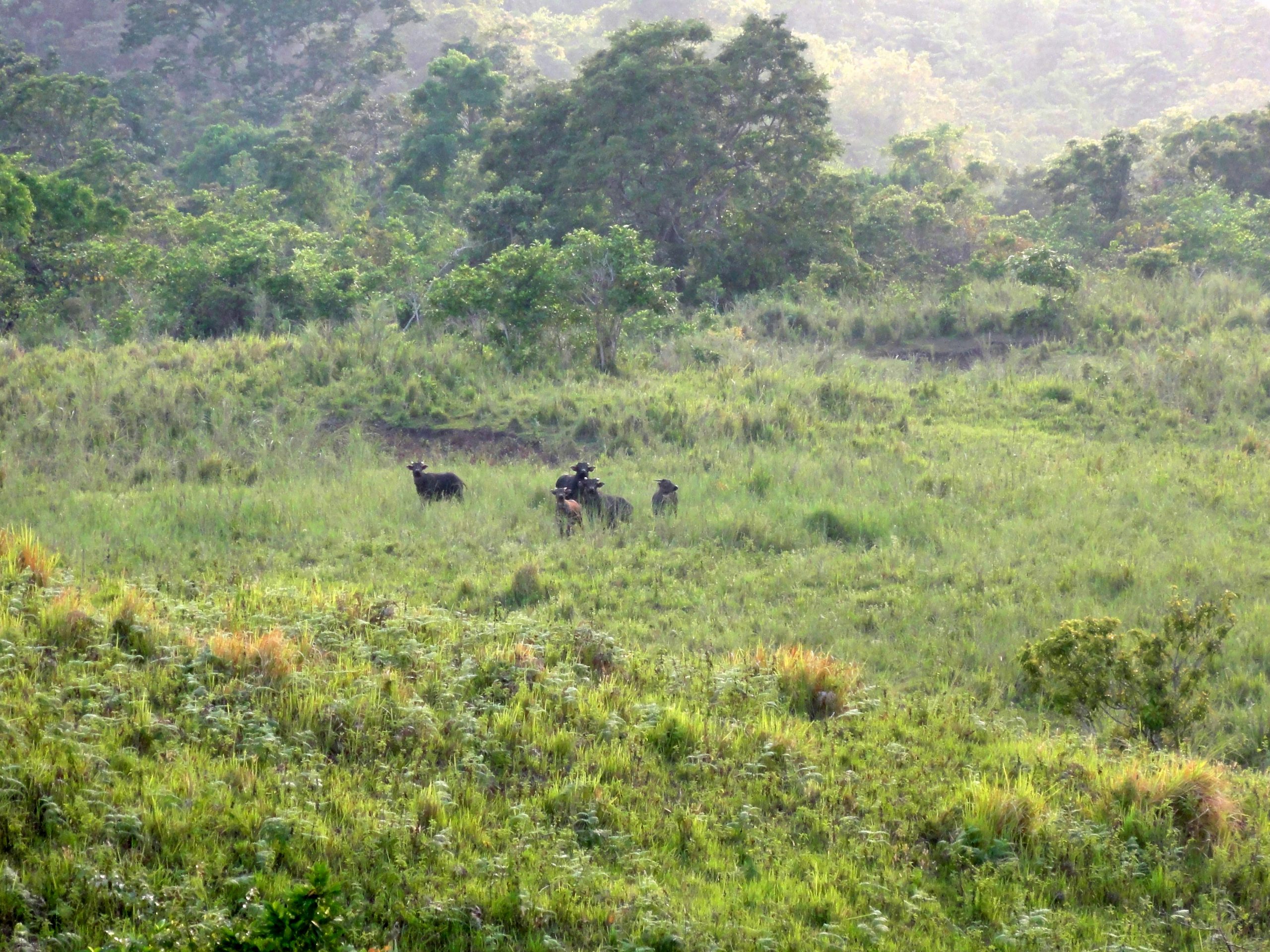
Animals are still caught in traps set by residing indigenous communities hunting for deer and pigs, while some animals are known to be harvested for ritual purposes. Also, lowlander poachers as well as rebels hiding in the mountains and seeking food supply remain a persistent threat to the species.
For the future of Tamaraw, what conservation action needs to happen, and what are your next steps?
There is an urgent need to increase the area that the species can roam, in order to secure viability of these sub-populations in the long-term.
Currently, all the Tamaraw across Mindoro are located within the Ancestral Domains of different Mangyan indigenous tribes. Therefore, conservation success will depend in our ability to restore the socio-environmental conditions. Indigenous groups should still be able to live proudly in a sustainable manner in their territory, maintaining capacity to share their living space with wildlife and the Tamaraw in particular. This is the overall and holistic approach of the program, aiming to create a bio-cultural landscape with land-use systems that are not inconsistent with wildlife presence.
One major step was achieved with the adoption by the Philippines authorities of the Tamaraw Conservation and Management Action Plan. This paves the way for long-term coordinated conservation efforts through an initial 10 year work plan and guideline. This document is the outcome of the Population and Habitat Viability Analysis workshop that was held in Mindoro in December 2018. This workshop gathered more than 70 local and international participants, including representatives of all the concerned Mangyan indigenous tribes. It was facilitated by the IUCN SSC Conservation Planning Specialist Group.
Now, the main role of the D’ABOVILLE Foundation is to help local stakeholders to properly implement this plan, as well as the different Protected Area Management Plans, pursuant to the main vision and concept of the Mangyan – Tamaraw Driven Landscape Program.
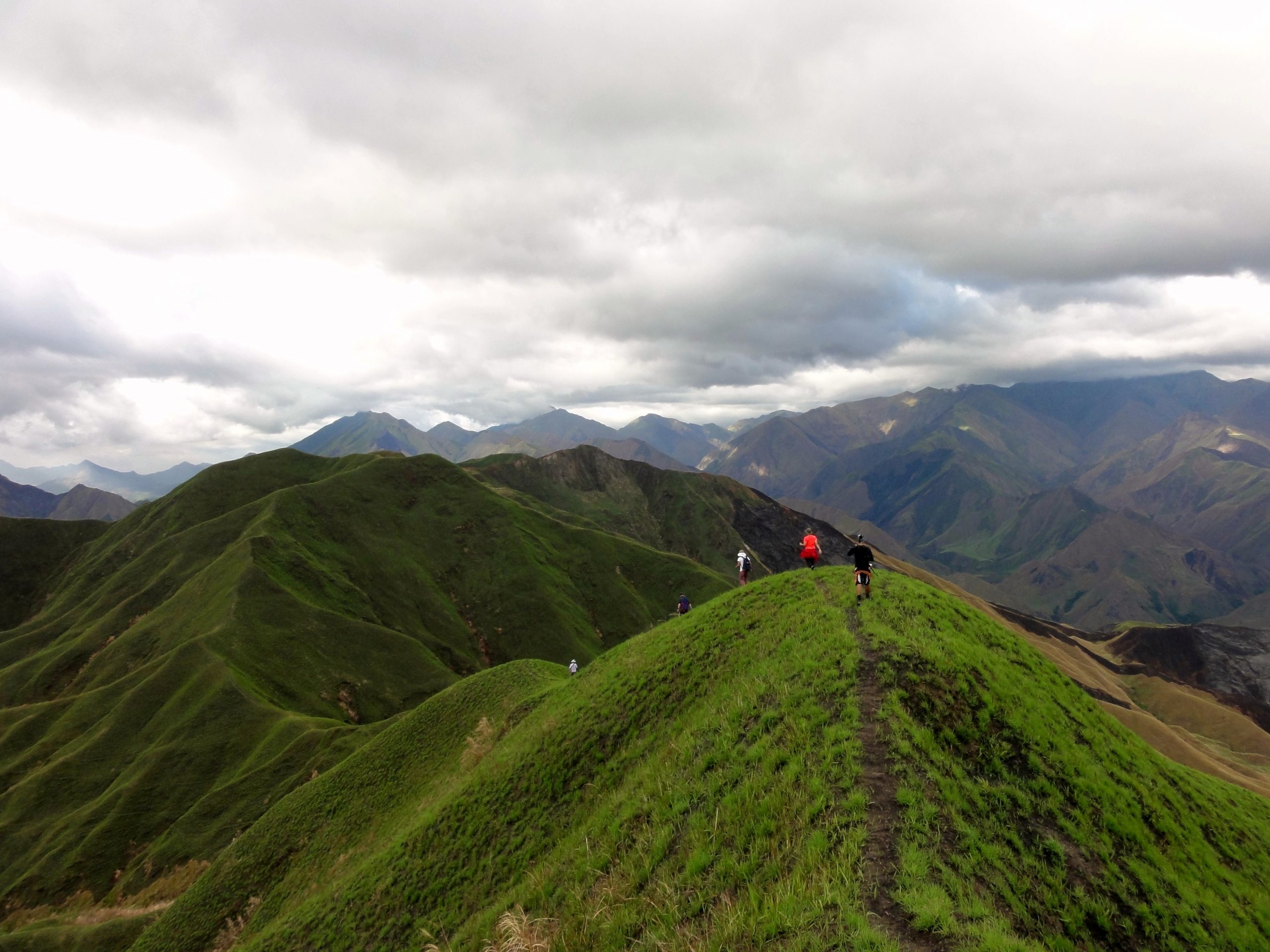
Currently, most efforts are focusing in MIBNP, concentrating on three aspects:
- Improve law enforcement by the concerned offices and patrolling efficiency of the Tamaraw rangers.
- Conduct ecological work on the biology of the species and the habitats it can be found in, and develop consistent monitoring methods, thus assisting the Park to adapt and implement relevant habitat management measures.
- Engage more seriously with the indigenous communities concerned by Tamaraw presence to assist them in their adaptation to a fast changing world that is pushing them to restructure (if not destroy) their overall living space. Indeed, these indigenous groups are unfortunately but undoubtedly shifting from the nature of “community of being” to “society of having”.
This approach aims to ensure that the Tamaraw population of the core zone will remain dynamic and viable, and possibly be used as a source for future intervention within a meta-population approach. On that purpose, a feasibility study will be conducted in 2020 in order to assess if ex-situ intervention such as translocation and captive breeding are feasible and consistent to achieve conservation objectives.
What is your role? Tell us about an average day for you.
I am the Program Manager of the Mangyan – Tamaraw Driven Landscape Program of the D’ABOVILLE Foundation; a project that I created and initiated in 2012. I am subsequently responsible for raising funds for the program, reporting to donors and partners, monitoring budgets, and working with our local partners to coordinate activities and field work. In the initial years of the program, I was conducting all the field work that our modest budget could allow.
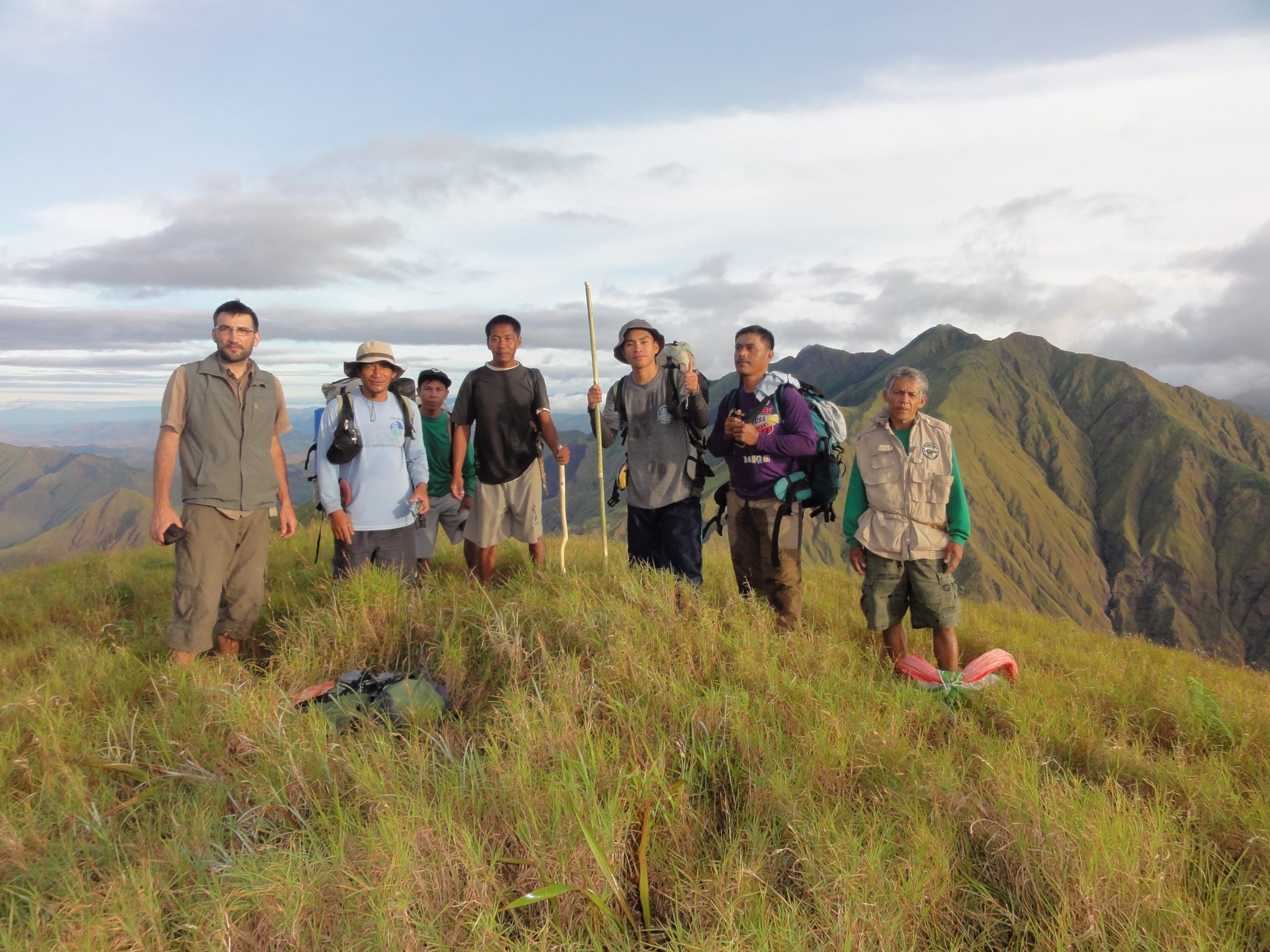
Thanks to the help of the IUCN SSC Asian Wild Cattle Specialist Group and our increasing success in conserving and monitoring Tamaraw, more and more partners have been eager to support our work. My role is now to keep the vision on track, and ensure that consistent actions happen and lead to relevant changes. My time is shared between our office in Manila, our site office in San Jose in Mindoro and in the field at the different sites where Tamaraw persists. Working closely with our local partners is crucial, and lots of time is devoted to discussing and coordinating activities and strategy of intervention with them.
Our Tamaraw Conservation Research Officer (Fernando Garcia Gil) is now coordinating a local field team to undertake field work, engaging in more thorough studies on the ecology of the species and its habitat. He also works closely with the Tamaraw rangers. Our Community-Based Approach Program Officer (Ronet Santos) is coordinating the difficult task of connecting with indigenous communities and integrating them in the overall process. He works in close collaboration with the Park office.
Do you have any advice to give, or questions for other ASAP Partners?
I am indeed very eager to learn from other programs, from both their successes and disappointments, and hear about the way that program managers are dealing with challenging situations. Sharing experiences is certainly needed to avoid getting trapped in deadlock situations and repeating past mistakes.
In addition, our program’s vision and approach also aims to facilitate a change of paradigm in the way we perceive and manage lands and natural landscape. According to me, and especially in populated countries like in Asia where large-scale wilderness doesn’t exist anymore, conservation programs must be driven by the goal to create or restore adequate landscapes as a whole. Protecting wildlife, even so emblematic species, should be a consequence of a better natural and socio-cultural environment where functionality and productivity of ecosystems have been restored; but not the primary target of attention. For instance, large structuring species have a big role to play in such a dynamic.
Reach us at:
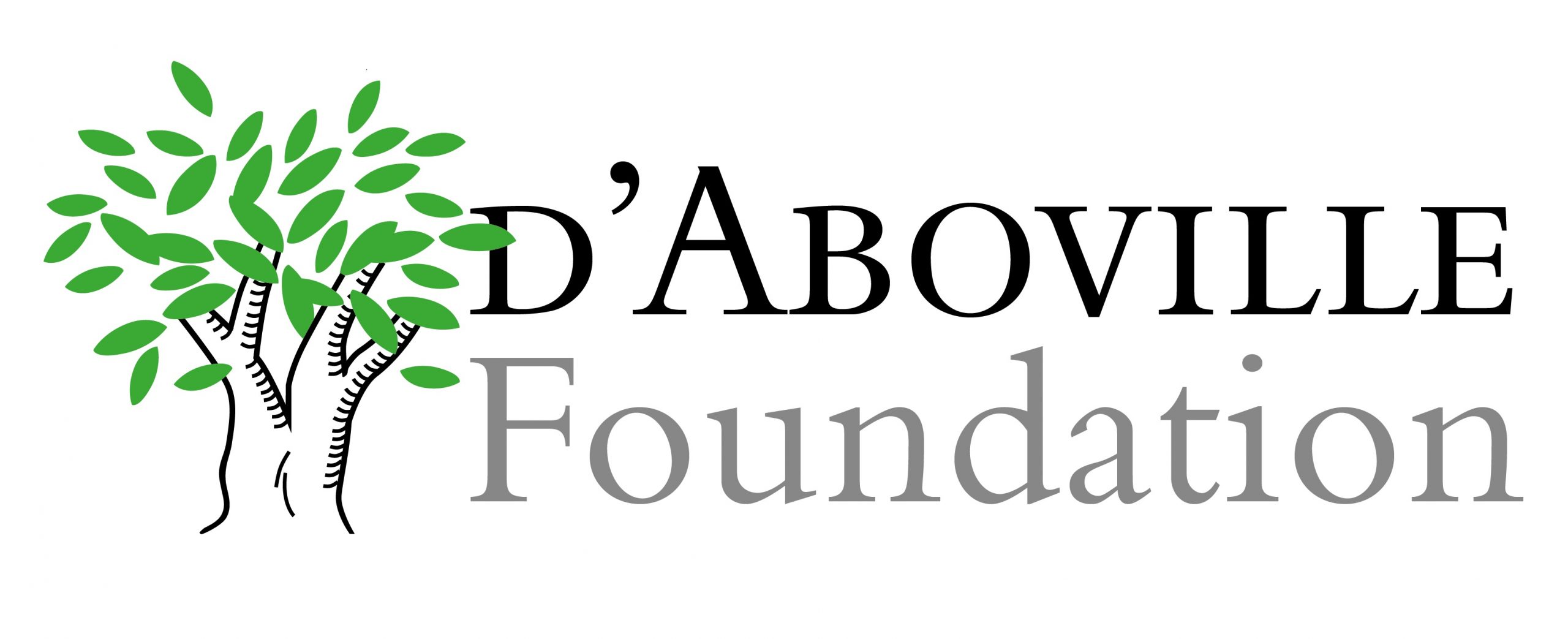
Also see:
- d’Aboville Foundation’s Mindoro wildlife photo gallery
- d’Aboville Foundation’s Youtube channel
- IUCN SSC Asian Wild Cattle Specialist Group

